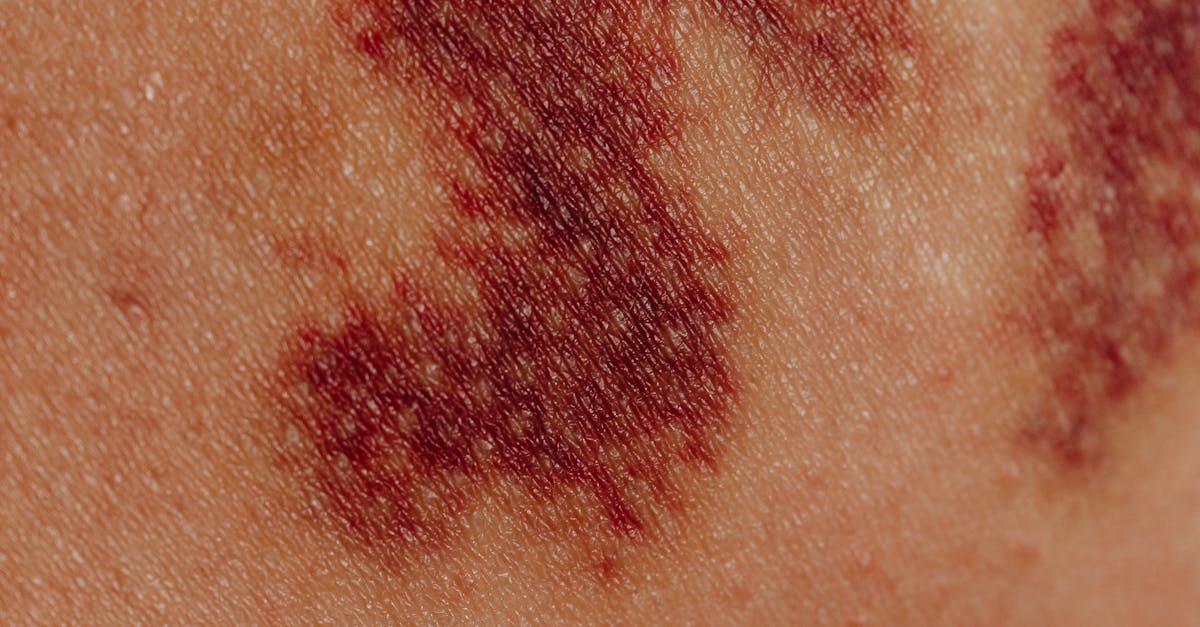Stingrays are fascinating creatures that inhabit coastal waters around the world. Known for their flat bodies and graceful movements, they are often harmless and shy. However, encounters with stingrays can lead to painful stings that many describe as unforgettable. Understanding what a stingray sting feels like can help you appreciate these creatures while also being cautious around them. In this article, we will explore the sensations associated with a stingray sting, the biology behind it, and safety tips to avoid getting stung.
| Aspect | Description |
|---|---|
| Immediate Sensation | A sharp, sudden pain at the sting site. |
| Duration of Pain | Lasts from minutes to several hours, depending on the individual. |
| Type of Pain | Throbbing, burning, and sometimes described as similar to being electrocuted. |
| Location of Sting | Commonly occurs on the foot or leg while wading in shallow waters. |
| Aftermath | Possible swelling, bruising, and lingering discomfort. |
| First Aid Response | Immerse in hot water and seek medical attention if severe. |
Immediate Sensation
The initial sensation of a stingray sting is often described as a sharp, sudden pain that can catch the victim off guard. Many people compare the feeling to being stabbed, as the stingray’s barb penetrates the skin. This immediate pain can be intense, leading to a quick reaction to remove oneself from the water or the situation causing the sting. The shock of the pain can be overwhelming, and some may even experience a brief moment of disorientation as they process what has just happened.

Duration of Pain
The duration of pain following a stingray sting varies widely among individuals. For some, the sharp pain subsides within minutes, while others may experience discomfort for several hours. This variability can depend on factors such as the location of the sting, the size of the stingray, and the individual’s pain tolerance. In some cases, the pain can linger, causing discomfort that may disrupt normal activities for the day.

Type of Pain
<pThe pain from a stingray sting is often characterized as throbbing and burning. Many victims describe it as being similar to an electric shock, which can be alarming. The sensation may radiate from the sting site, causing a feeling of discomfort in the surrounding areas. This unique pain profile can make it difficult for individuals to describe their experience accurately, as it encompasses both sharp and dull sensations that change over time.
Location of Sting
Stingray stings typically occur in shallow waters, especially when wading or walking along sandy ocean floors. The most common locations for these stings are the feet and legs, where individuals may inadvertently step on a hidden stingray. This is particularly common in areas where stingrays are known to inhabit, such as lagoons or coastal beaches. Being aware of your surroundings and taking precautions can help minimize the risk of such encounters.

Aftermath
After the initial pain of a stingray sting, individuals may experience swelling and bruising around the sting site. This can vary from mild to severe, depending on the depth of the injury and the individual’s reaction to the venom. In some cases, the sting can lead to infection if not properly treated. It is important to monitor the sting site for any signs of infection, such as increased redness, warmth, or pus, and seek medical attention if necessary.

First Aid Response
Immediate first aid is crucial in managing a stingray sting. The first step is to immerse the affected area in hot water, which can help alleviate pain and inactivate the venom. It is recommended to use water that is as hot as the person can tolerate, ideally around 110°F (43°C). Following this, it is important to seek medical attention, especially if the sting is severe or if there are signs of infection or allergic reaction. Proper care can significantly reduce the long-term effects of a stingray sting.

FAQ
What should I do if I get stung by a stingray?
Immerse the sting area in hot water to relieve pain and seek medical attention if the pain persists or worsens.
Are stingray stings dangerous?
While most stingray stings are painful but not life-threatening, they can lead to complications like infection or allergic reactions.
How can I avoid getting stung by a stingray?
To minimize the risk of stingray stings, shuffle your feet when walking in shallow waters to alert stingrays to your presence and avoid stepping directly on them.
Do all stingrays sting?
Not all stingrays are aggressive, and many species are harmless. However, those that have barbed tails can deliver painful stings if provoked.
Is the pain from a stingray sting similar to other animal stings?
The pain from a stingray sting is often described as unique, akin to an electric shock, which differentiates it from other animal stings like those from bees or jellyfish.
For more information on stingray safety and first aid, visit [CDC](https://www.cdc.gov) and [Florida Fish and Wildlife Conservation Commission](https://myfwc.com).
